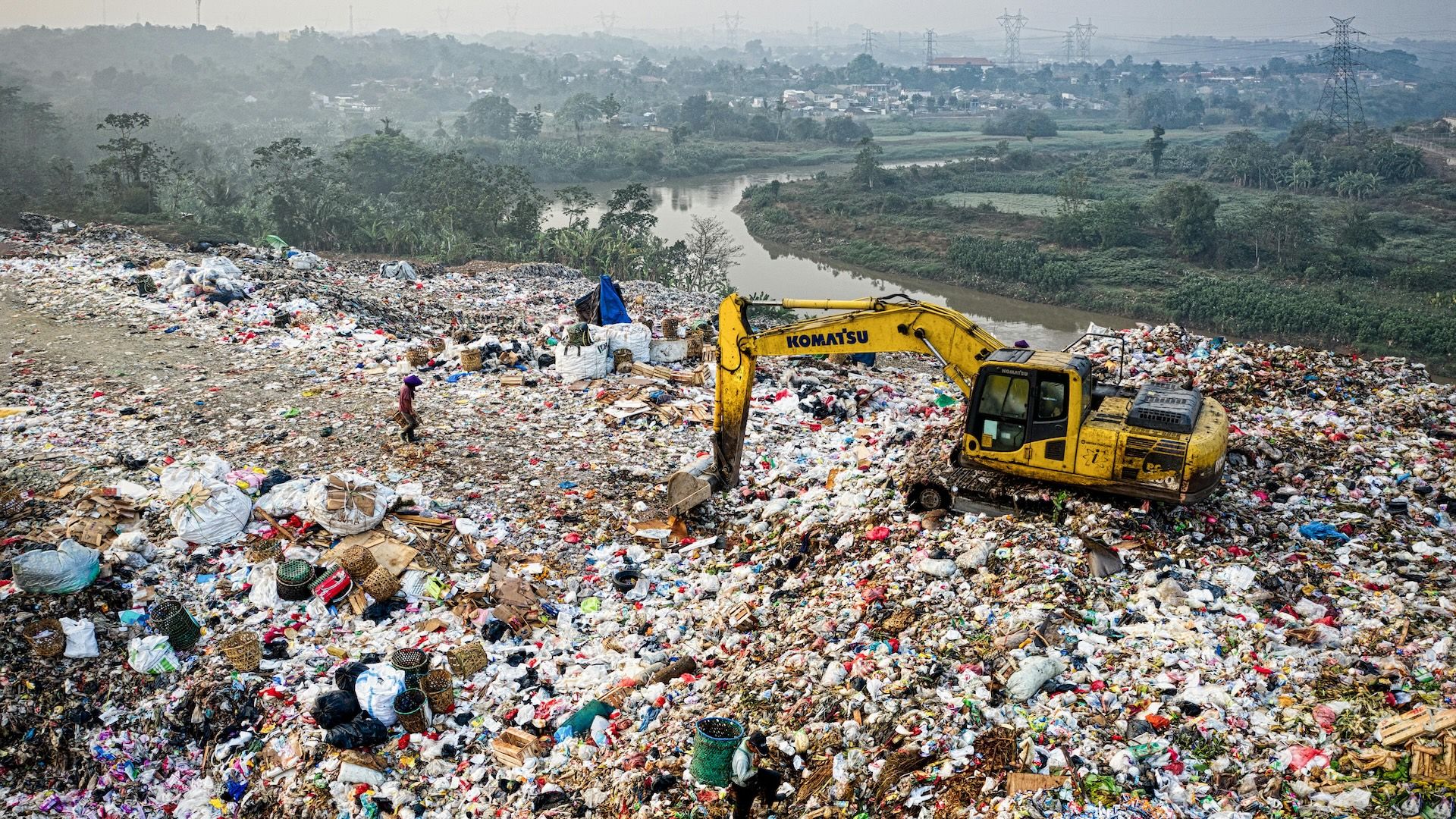Understanding Greenhouse Gases
What are GHGs and why do they matter?
Greenhouse gases (GHGs) are gases in the earth’s atmosphere that trap heat and contribute to global warming of the planet via the greenhouse effect. They include carbon dioxide (CO2), methane (CH4), and nitrous oxide (N2O), as well as fluorinated gases such as hydrofluorocarbons.
Atmospheric concentrations of GHGs have risen dramatically over the past few hundred years, due largely to human activities since the Industrial Revolution. In fact, earlier this year atmospheric CO2 concentrations surpassed a record-setting 420 parts per million (ppm) for the first time in human history — after hovering between 200 and 300 ppm for 800,000 years.
In focus: carbon dioxide (CO2)
CO2 is the primary and most-abundant GHG arising from human activities, comprising about two-thirds of global GHG emissions. Annual CO2 emissions have risen 90% since 1970 alone, primarily the result of fossil fuel combustion and industrial processing.
This gas is invisible, but it is pervasive. And while there are natural sources, it’s the excess gas from human-caused sources that is the problem, including the combustion of fossil fuels (e.g., coal, natural gas, oil) for electricity generation, transportation, and industrial processes; certain chemical reactions (e.g., cement production); and wildfires and other burning of trees, solid waste, etc.
CO2 is removed from the atmosphere (i.e., sequestered) when it is absorbed by trees and other plants as part of the carbon cycle. Also, a new era of climate tech solutions are focused on carbon dioxide removal (CDR) technologies such as direct air capture (DAC).
Still, CO2 can remain in the atmosphere for a century or more. (Other GHGs — particularly methane—have a shorter life and will decay, but they cause a lot of damage via global warming in the short time that they are around, which is approximately 12 years in the case of methane.)
In focus: methane (CH4)
CH4 is a powerful but shorter-lived greenhouse gas whose global warming potential is 80 times more potent than CO2 over a 20-year time frame. It’s also a major contributor to ground-level ozone, which is harmful to both humans and plants.
Its major human-caused sources include the extraction and refining of fossil fuels (e.g., coal, natural gas, oil); livestock and other agriculture; and decay of organic matter in solid waste landfills.
In focus: nitrous oxide (N2O)
Sometimes called “the world’s forgotten greenhouse gas” and commonly known as “laughing gas,” N2O is a long-lived GHG about 300 times more potent than CO2.
Its major human-caused sources have traditionally included the heavy use of synthetic nitrogen fertilizers in agriculture. However, N2O emissions are now also on the rise from ocean dead zones, which are getting worse from a combined influence of climate change and other human impacts such as fertilizer and sewage runoff.
In focus: fluorocarbons
Fluorocarbons are a family of fluorinated synthetic gases used in air conditioning and refrigeration, as well as industrial uses. Some of these GHGs deplete the ozone and trap heat closer to the ground, causing warming and changes in the lower atmosphere.
CO2e: one combined number for GHGs
With various greenhouse gases in play — each with its own atmospheric lifespan and global warming potential — it can sometimes be tricky to compare them and assess emissions in a consolidated GHG inventory. That’s where the metric of carbon dioxide equivalent (CO2e) comes in.
CO2e translates all GHGs into a common framework in the language of CO2, the most dominant GHG, taking into account each GHG’s lifespan and global warming potential — making for easier “apples to apples” comparisons. It also allows us to correctly weight short-lived climate pollutants(SLCPs), which decision-makers might not otherwise prioritize.
Which GHGs is Climate TRACE reporting today?
Climate TRACE currently uses the metric CO2e as a way to “blend” the various GHGs into a single value. (Being able to inspect the data by specific GHG and/or by global warming potential is on our tech roadmap. More on that soon!)
In September 2021 we released our inauguralinventory: annual data for every country in the world covering the years 2015–2020, spanning 10 sectors and 38 subsectors.
We invite you tovisit the dashboardand explore the data for yourself.
Ann Marie Gardner is an editor, journalist, and Climate TRACE coalition member.


